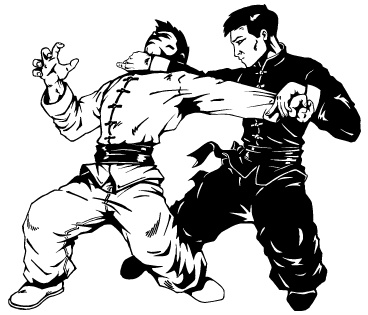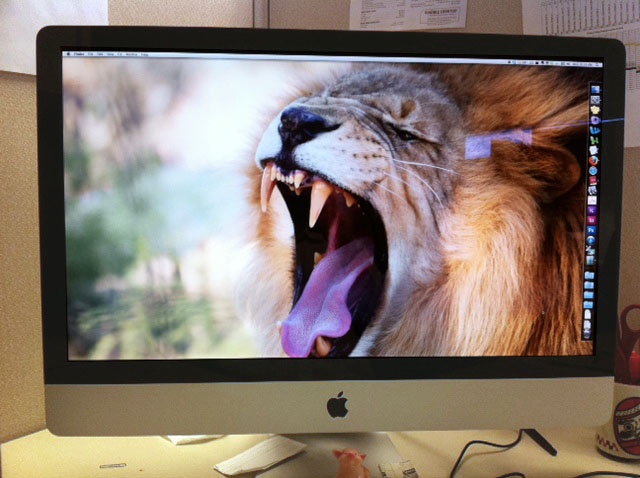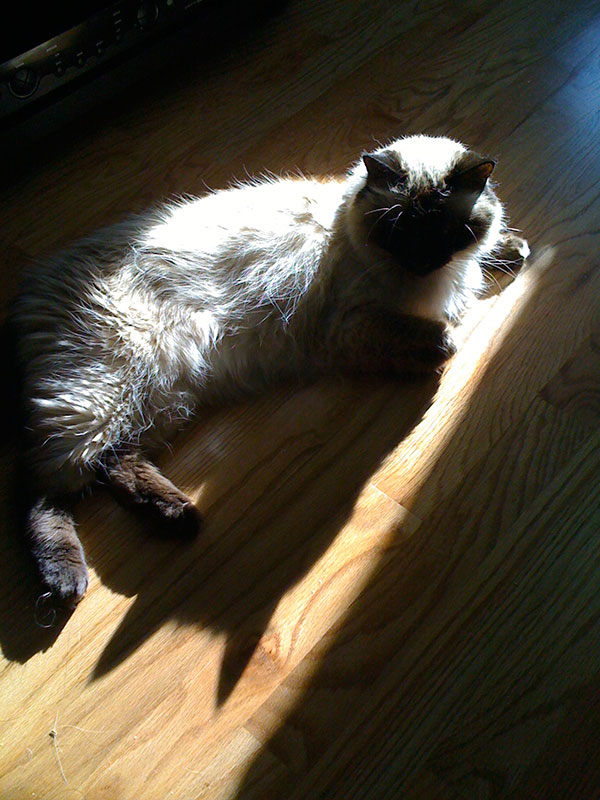 A peculiar thing happens when you set up a karaoke machine at a party. At first, no one wants to approach it. Everyone, whether they have any interest in singing or not, is waiting for the first person to walk up there, pick up the microphone and start singing. No one wants to be that person — and certainly no one wants to be mistaken for that person. If the karaoke machine happens to be set up next to the liquor, then the shy partygoers are forced to either walk over to it with exaggerated nonchalance or simply refrain from getting another drink until someone begins singing. (Or worse, ask someone else to get a drink for them.) Observing this in action at a party this weekend, I began to speculate on how karaoke machines could be used to exploit natural social anxieties. I envision a safe disguised to look like a karaoke machine: those who weren’t frightened by it would likely be too repulsed to go near it. Karaoke machines could be used to hide stains or damage you wouldn’t want people to notice, or to dissuade guests from raiding your refrigerator. I would even guess that a karaoke machine in the bathroom would, if not scare people away completely, would at least instill a vague disquiet. Why is this here? they would wonder, eyeing the machine nervously as they wiped. Are we going to be singing karaoke later? They’d be so freaked out they’d completely forget to snoop in your medicine cabinet.
A peculiar thing happens when you set up a karaoke machine at a party. At first, no one wants to approach it. Everyone, whether they have any interest in singing or not, is waiting for the first person to walk up there, pick up the microphone and start singing. No one wants to be that person — and certainly no one wants to be mistaken for that person. If the karaoke machine happens to be set up next to the liquor, then the shy partygoers are forced to either walk over to it with exaggerated nonchalance or simply refrain from getting another drink until someone begins singing. (Or worse, ask someone else to get a drink for them.) Observing this in action at a party this weekend, I began to speculate on how karaoke machines could be used to exploit natural social anxieties. I envision a safe disguised to look like a karaoke machine: those who weren’t frightened by it would likely be too repulsed to go near it. Karaoke machines could be used to hide stains or damage you wouldn’t want people to notice, or to dissuade guests from raiding your refrigerator. I would even guess that a karaoke machine in the bathroom would, if not scare people away completely, would at least instill a vague disquiet. Why is this here? they would wonder, eyeing the machine nervously as they wiped. Are we going to be singing karaoke later? They’d be so freaked out they’d completely forget to snoop in your medicine cabinet.
As for the experience of singing or watching karaoke, I realized this: karaoke is like jet-skiing, in that it is an enjoyable pastime for those actually doing it and a grating annoyance for everyone else. I have jet-skied and thought it was a blast. Yet watching jet-skiers roar across the placid surface of a lake, frightening wildlife and disturbing everyone’s peace, makes me angrily denounce the steady decline of civilization itself.
I have never sang karaoke. It’s bad enough I like jet-skiing.



